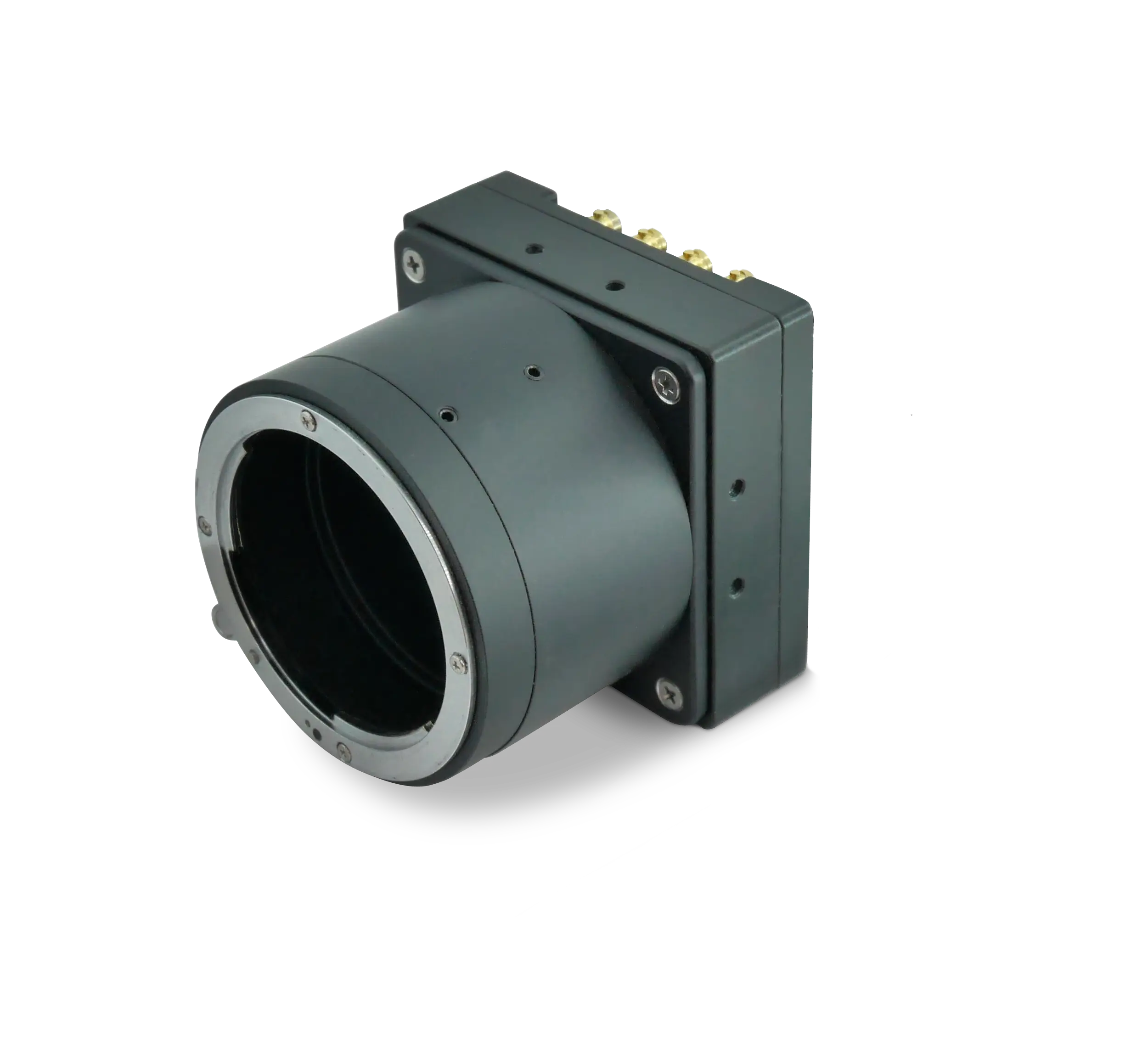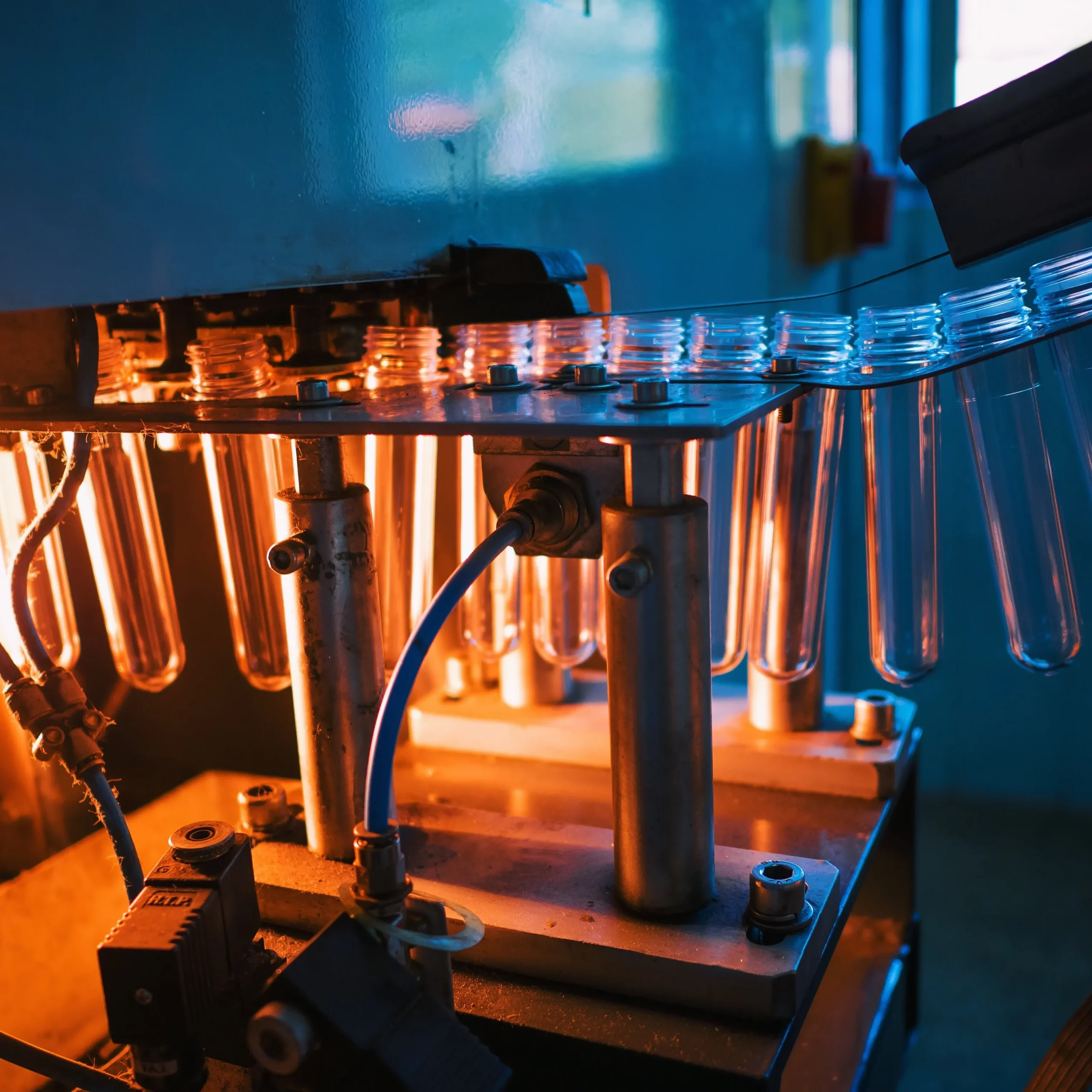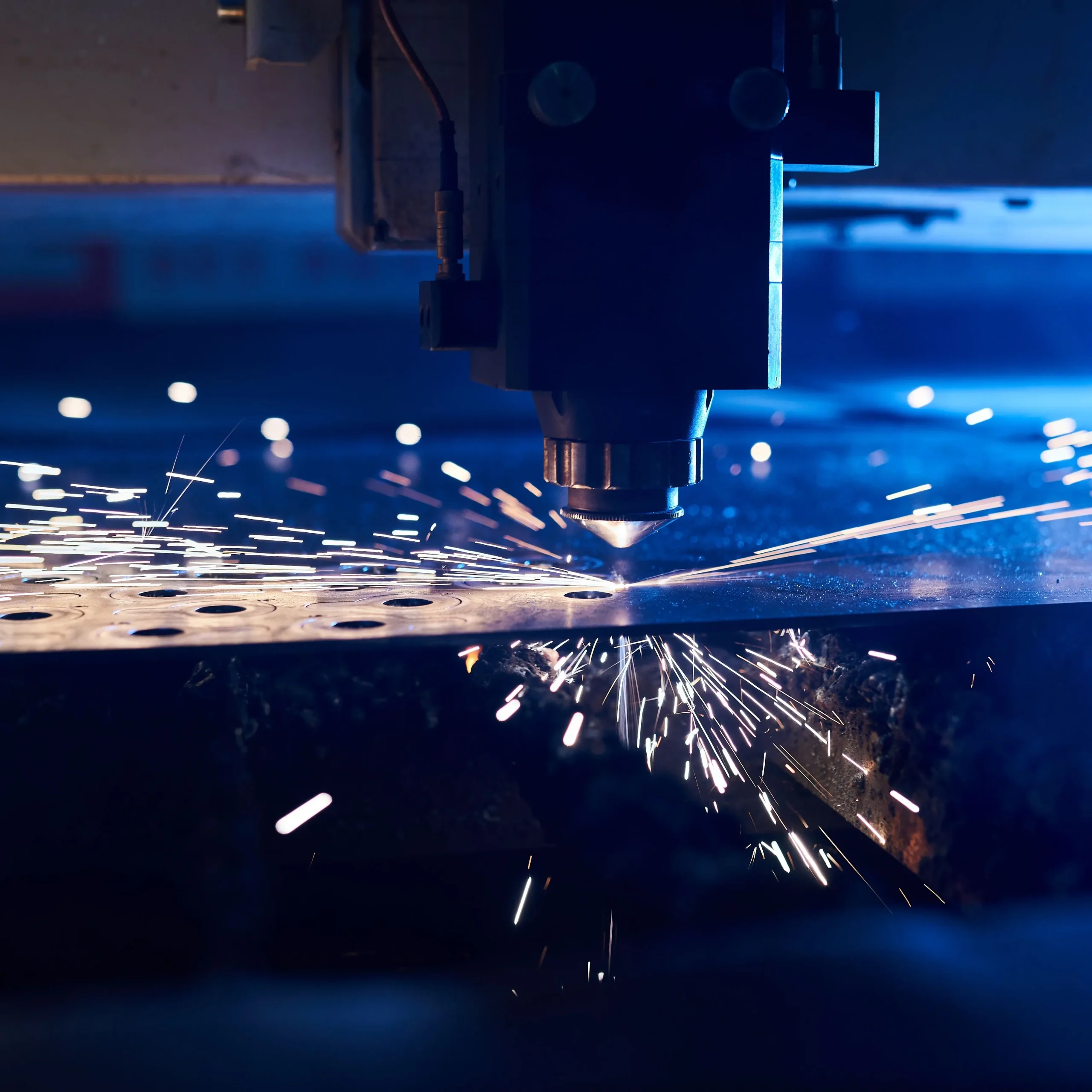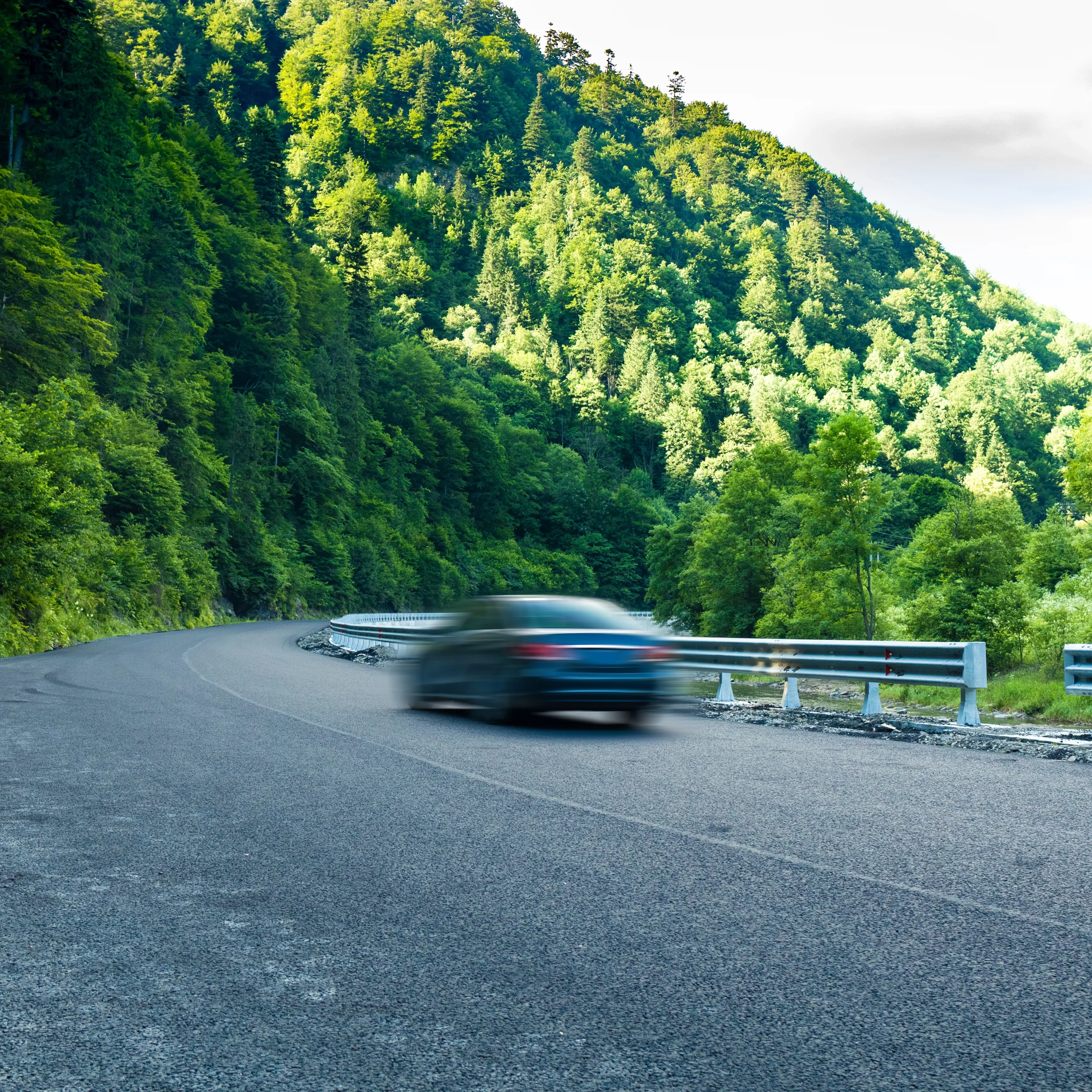When imaging systems move from the lab to the factory floor, they encounter a world of shock, vibration, dust, moisture, and dramatic temperature swings. Conventional vision hardware quickly fails in these punishing settings, but KAYA Vision’s Heavy Duty Cameras are engineered to thrive. By combining industrial CoaXPress cameras with a rugged machine vision philosophy, we eliminate the weak links that jeopardize uptime and throughput in harsh environments.
The Challenge of Imaging in Harsh Environments
Production lines, metal-working cells, and outdoor test ranges present a cocktail of mechanical and thermal stresses. Equipment must withstand high-frequency vibration from motors, random shock from tooling impacts, and ambient temperatures that may plunge below freezing in winter or rise above 70 °C near furnaces. Add electromagnetic interference, airborne oil mist, and the ever-present risk of cable damage, and it becomes clear why ordinary vision gear struggles. Heavy Duty Cameras must safeguard sensor alignment, maintain signal integrity, and keep heat under control while delivering uncompromised image quality.
Why CoaXPress Is Built for the Plant Floor
CoaXPress has become the de-facto interface for industrial high-speed imaging because it merges power, deterministic triggering, and high bandwidth into one coaxial cable. For rugged machine vision solutions, that single-cable architecture is a lifesaver: fewer connectors mean fewer failure points under vibration, and PoCXP removes fragile external power bricks. KAYA Vision maximizes the standard by supporting the latest 12.5 Gbps lanes, enabling up to 50 Gbps aggregate throughput while still allowing cable runs that can exceed 40 m at CXP-12—and up to 100 m when lower interface rates are selected. Whether you are capturing full-frame 8K at 100 fps or freezing ultrafast motion at single-digit-microsecond exposures (as short as 2.5 µs), our industrial CoaXPress cameras stream lossless data without dropouts.
KAYA Vision’s Rugged Machine Vision Design Philosophy
Every camera in the Iron family is manufactured with a simple goal: survive conditions that would sideline normal imaging hardware. Key design pillars include:
- Monolithic Aluminum Housing: Precision-machined, hard-anodized enclosures resist corrosion and provide thermal mass to dissipate sensor heat.
- Active Sensor Alignment: Sensors are mounted on rigid carriers and actively aligned, ensuring the optical axis remains intact after violent shocks.
- Optional IP67 Protection: A sealed lens tube blocks dust and coolant spray, extending Heavy Duty Cameras to wash-down zones.
- Wide Voltage Input: 10–28 V tolerance guards against brownouts and noisy power rails typical of industrial cabinets.
- Comprehensive EMC Shielding: Certified to CE and FCC requirements, the cameras shrug off electromagnetic interference from nearby variable-frequency drives.
- Multiple Mounting Options: F-mount, M42, EF, C-mount, and CS-mount choices simplify integration into existing optical benches and robotic end-effectors.
Spotlight: Iron Series Heavy Duty Cameras
KAYA Vision offers a portfolio of Heavy Duty Cameras tailored to different resolution and speed needs. Three industrial CoaXPress cameras stand out for harsh-duty imaging.
- Iron 4600: An 8K, 45 MP powerhouse that delivers up to 100 fps at 8-bit depth. The Gigapyx 4600 CMOS sensor achieves >90 dB dynamic range, and temporal noise stays below 1.6 e–. Four micro-BNC connectors support CXP-12, CXP-6, or CXP-3, while PoCXP plus a <11 W power draw keep cabling minimal. The camera’s optional IP67 front end allows reliable operation from –40 °C to +80 °C.
- Iron 5514 BSI: Leveraging Gpixel’s back-side-illuminated GSPRINT 5514 sensor, this model pairs 5.5 µm pixels with a global shutter for blur-free imaging. At 275 fps in 10-bit mode (or 229 fps at 12-bit), it excels in high-speed inspection and motion analysis. Quantum efficiency above 85 % enhances sensitivity when lighting budgets are tight, and the same 75 mm × 75 mm × 44.4 mm chassis survives 75 G shocks.
- Iron 4510: When raw fps is paramount, the Iron 4510 races to 481 fps at full 8-bit resolution, backed by a GSPRINT 4510 global-shutter sensor. Engineers can switch to 10-bit or 12-bit modes for added dynamic range, and programmable pulse generators synchronize strobe lighting down to 8 ns increments. Like its siblings, the 4510 features active airflow cooling, reverse-polarity protection, and frame-by-frame shutter speed control.
Shock and Vibration Testing That Goes Beyond Standards
Most vision suppliers cite generic IEC vibration tolerances, yet real-world industrial machinery easily exceeds those limits. KAYA Vision validates every Heavy Duty Camera on a tri-axial shaker table at up to 20 grms across 10–2,000 Hz, and 75 G shocks per MIL-STD-810G. After each test sweep, optical measurements verify no pixel dropouts, connector loosening, or focus shifts. This regimen ensures reliable imaging when cameras are mounted on stamping presses, high-speed pick-and-place heads, or off-road vehicle test rigs.
Surviving Extreme Temperatures with Wide Operating Ranges
Temperature swings cause differential expansion that can crack solder joints and desolder BGA packages. KAYA Vision combats this hazard by selecting automotive-grade components, reinforcing PCB vias, and employing thermal gap fillers. The Iron 4600 and Iron 5514 BSI are rated from –40 °C to +80 °C in industrial trim, maintaining frame-rate stability even when ambient conditions cross 60 °C in minutes. Integrated thermistors feed live data into the GenICam node so that host software can trigger alarms or initiate safe shutdown if user-defined thresholds are reached.
Single-Cable Power and Data Simplify Industrial Integration
Running separate power lines and triggers across moving axes invites cable flex failures. With PoCXP, Heavy Duty Cameras receive up to 13 W over standard RG-6 coax. Multifunction GPIO pins on the micro-BNC connector support opto-isolated inputs and TTL/LVTTL outputs, allowing direct hookup to encoders, proximity sensors, and PLCs without extra breakout boards. For time-critical tasks such as freeze-frame capture of fast-spinning shafts, deterministic latency below 3 µs keeps exposure in lockstep with machine cycles.
Software Tools to Accelerate Deployment
Hardware resiliency is only half the battle; engineers must configure, trigger, and monitor cameras quickly. KAYA Vision ships a full GenICam XML, reference C++/Python SDKs, and sample projects for common frameworks such as HALCON and LabVIEW. Built-in features include:
- User-selectable ROI to reduce bandwidth and heat generation.
- Automatic gain and exposure control modes for changing illumination.
- On-camera LUTs and color correction matrices to offload host CPU cycles.
- Frame counters and operational time meters for predictive maintenance.
Because these functions execute inside the FPGA, they retain nanosecond-level determinism even when host PCs run non-real-time operating systems.
Typical Applications for Heavy Duty CoaXPress Cameras
The blend of high resolution, rugged construction, and blazing frame rates allows KAYA Vision cameras to solve problems across multiple verticals:
- Automotive End-of-Line Testing: Capture piston motion and valve timing inside running engines using UV-enhanced Iron 5514 BSI units mounted on borescopes.
- Steel Mill Surface Inspection: Deploy IP67-sealed Iron 4600 cameras above hot slabs, detecting sub-millimeter cracks before downstream rolling.
- High-G Packaging Machinery: Mount lightweight Iron 4510 cameras on pick heads to monitor cap placement at 450 units/s.
- Outdoor Range Tracking: Record projectile trajectories in freezing winter mornings and scorching summer afternoons without thermal blankets.
- Robot-Guided Welding: Use on-camera ROI and global shutter to generate distortion-free seam images amid intense electromagnetic fields.
These examples share a common denominator: they demand Heavy Duty Cameras that continue streaming flawless data long after standard industrial cameras would falter. By leveraging industrial CoaXPress cameras built from the ground up for durability, KAYA Vision ensures your inspection, measurement, and analysis tasks remain online—whatever the environment throws at them.
